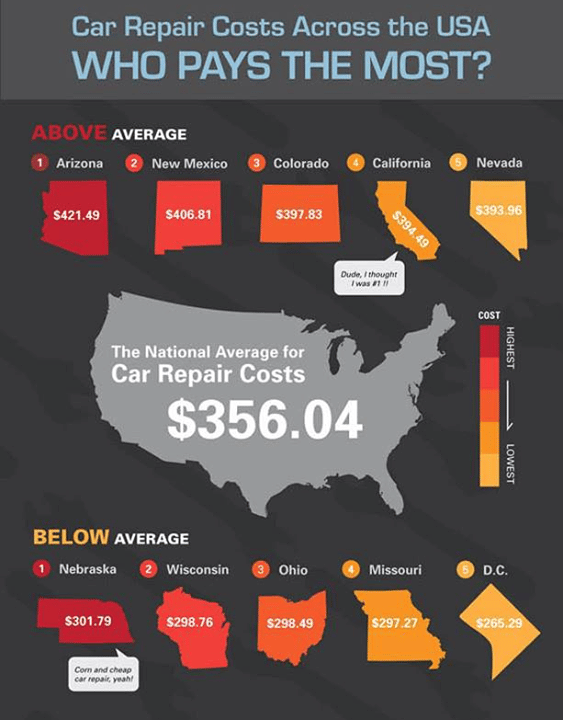Assessing Your Cars And Truck'S Caution Indicators: What They Actually Communicate
Assessing Your Cars And Truck'S Caution Indicators: What They Actually Communicate
Blog Article
Authored By-Higgins Forbes
When you lag the wheel, those beautiful caution lights on your dashboard can be a little bit puzzling. Do you understand what they're attempting to inform you regarding your automobile's wellness? Comprehending the significance of these lights is important for your security and the longevity of your lorry. So, the following time one of those lights appears, would not you wish to decipher its message accurately and take the needed actions to address it?
Common Warning Lighting and Interpretations
Identify common warning lights in your vehicle and recognize their meanings to guarantee risk-free driving.
The most normal caution lights consist of the check engine light, which indicates problems with the engine or emissions system. If this light comes on, it's essential to have your car inspected promptly.
The oil pressure warning light indicates reduced oil pressure, requiring instant focus to stop engine damages.
A blinking battery light might suggest a damaged billing system, potentially leaving you stranded if not attended to.
The tire pressure surveillance system (TPMS) light alerts you to reduced tire pressure, influencing lorry stability and fuel efficiency. Disregarding this can lead to harmful driving conditions.
The abdominal light suggests a trouble with the anti-lock stopping system, endangering your ability to stop quickly in emergency situations.
Lastly, the coolant temperature level warning light warns of engine getting too hot, which can lead to extreme damages otherwise fixed quickly.
Understanding these common warning lights will aid you address problems without delay and keep safe driving conditions.
Importance of Prompt Focus
Recognizing the typical caution lights in your cars and truck is only the initial step; the relevance of promptly attending to these cautions can not be emphasized sufficient to guarantee your safety on the road.
When a caution light brightens on your dashboard, it's your cars and truck's method of interacting a prospective concern that needs focus. Overlooking https://clark.com/cars/find-a-mechanic/ can result in a lot more serious troubles down the road, jeopardizing your safety and potentially costing you extra in repairs.
Prompt interest to advising lights can stop failures and accidents. As an example, a blinking check engine light can suggest a misfire that, if left unattended, might create damages to the catalytic converter. Addressing this immediately can conserve you from a costly repair.
Similarly, a brake system alerting light may signify low brake liquid or worn brake pads, essential components for your safety and security when driving.
Do It Yourself Troubleshooting Tips
If you see a warning light on your dashboard, there are a few do it yourself repairing ideas you can attempt before seeking specialist aid.
The very first step is to consult your auto's guidebook to understand what the details warning light suggests. Often the issue can be as basic as a loose gas cap triggering the check engine light. Tightening up advanced detailing might settle the trouble.
auto marine is a reduced battery, which can cause various cautioning lights. Inspecting the battery links for rust and ensuring they're secure could deal with the problem.
If a warning light persists, you can try resetting it by separating the automobile's battery for a couple of mins and then reconnecting it. Furthermore, inspecting your automobile's liquid degrees, such as oil, coolant, and brake fluid, can aid fix alerting lights connected to these systems.
Verdict
To conclude, comprehending your car's caution lights is essential for keeping your vehicle running smoothly and securely. By quickly attending to these signals and knowing what they imply, you can prevent pricey repair work and possible failures.
Remember to consult your automobile's guidebook for specific details on each cautioning light and act as necessary to ensure a hassle-free driving experience.
Stay notified, remain safe on the road!
